Goldenberry, Giant Peruvian (Physalis peruviana), packet of 30 seeds, organic
$3.95
Family: Nightshade (Solanaceae)
Short-lived perennial in zones 10 to 12, normally grown as an annual, 100 to 120 days to harvest
(Giant Groundcherry, Topotopo, Cape Gooseberry, Goldenberry, Husk Cherry, Poha, Poha Berry.) Native to the Andes–a cultivated crop since Incan times. This is the giant form, to 5 feet tall, bearing cherry-tomato sized fruit as shown. Nutritious fruit occurs in a decorative inflated calyx. Fruit is loaded with vitamin A, C and B. Plant prospers in rich soils, but actually produces more fruit in marginal soils. Sow in spring in pots and transplant. In temperate US, start early and cultivate as per tomatoes. Harvest when fruit drops. Excellent crop for the tropics, where ongoing high yields provide refreshing fruit and nutrition–much yield for little effort.
30 Seeds/pkt., Certified Organically Grown
In stock

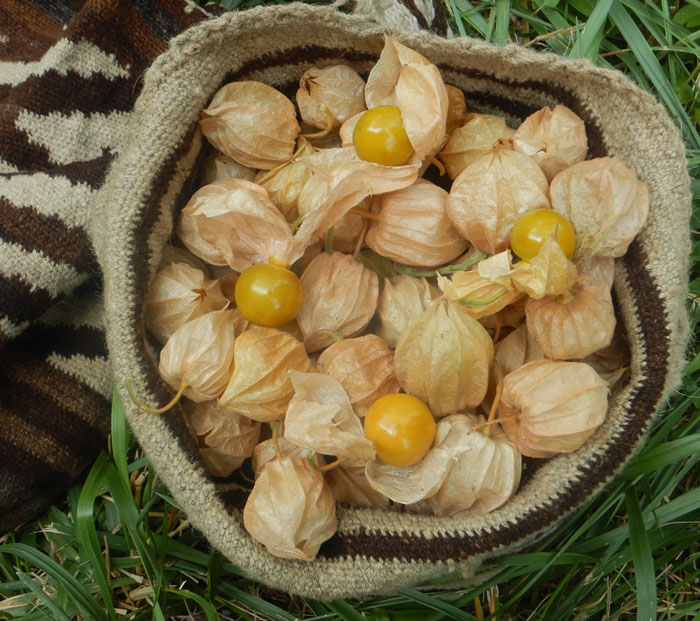

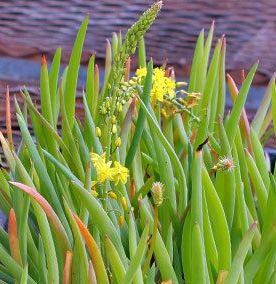
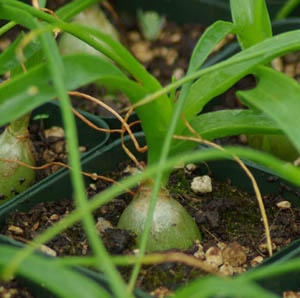
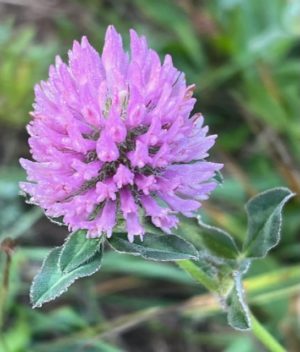
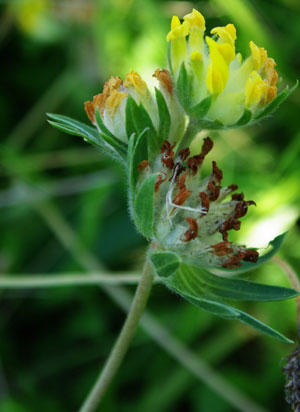
bhoffman3 (verified owner) –
I have grown 3 or 4 different varieties of physalis peruviana from different seed companies and like this one the best by far. The flavor of ripe berries is similar in all the plants, but these berries are much larger in size and the berries are always ripe when the calyx turns from green to yellow, unlike most physalis bushes, which have a tendency to look ripe and even drop but still have partially green and slightly bitter or tannic fruit when husked. With these plants, all the berries I harvest make good eating, saving me lots of frustration. They also stay on the plant longer and don’t drop as readily, which makes them easier to harvest and less prone to rot and animal predation. The plant itself is also bigger and healthier looking than other forms of peruviana, more upright in form, with bigger, fuzzier leaves. It’s not a particularly ornamental plant, but I still find them attractive enough to be planted along my front walkway. The pineappley-tropical smell walking by the bush with ripe berries is heavenly. They produce quite well for me even in very poor soil and treated with neglect. I will always have these in my garden.
I am in coastal northern california, technically zone 10a, but really more like 8b at the bottom of a canyon with cold air flows and heavy frosting every winter with no sun at all for about 3 months. Still, for me all the physalis peruviana have overwintered just fine and produce well over several years. They also yield fruit over a very long period of time, only stopping in the dead of winter. It’s nice to be able to gather some ripe fruit almost any time of the year. I especially love these added with tomatoes to insalata caprese.
Upvote if this was helpful (0) Downvote if this was not helpful (0) Watch Unwatch Flag for removal
Richo Cech –
dear b, thank you for acknowledging this. as you note goldenberry is quite variable and we’ve tried multiple selections before coming up with this one. richo
Upvote if this was helpful (1) Downvote if this was not helpful (0) Flag for removal
Question
michanne (verified owner) –
I’m waiting for germination now! In the meantime, would you have any suggestions for companion plants for P. peruviana?
Upvote if this was helpful (0) Downvote if this was not helpful (0) Watch Unwatch Flag for removal
Richo Cech –
hello michanne, thanks for writing. last year we grew these in profusion, in a fat row with marigolds at both ends. I felt that the marigolds helped–we had no disease problems and the goldenberry was well-pollinated. I also recommend red clover, shoo-fly, oats and basils as good goldenberry companions. Remember they get really big and take it easy on the nitrogen if you want fruits… richo
Upvote if this was helpful (0) Downvote if this was not helpful (0) Flag for removal